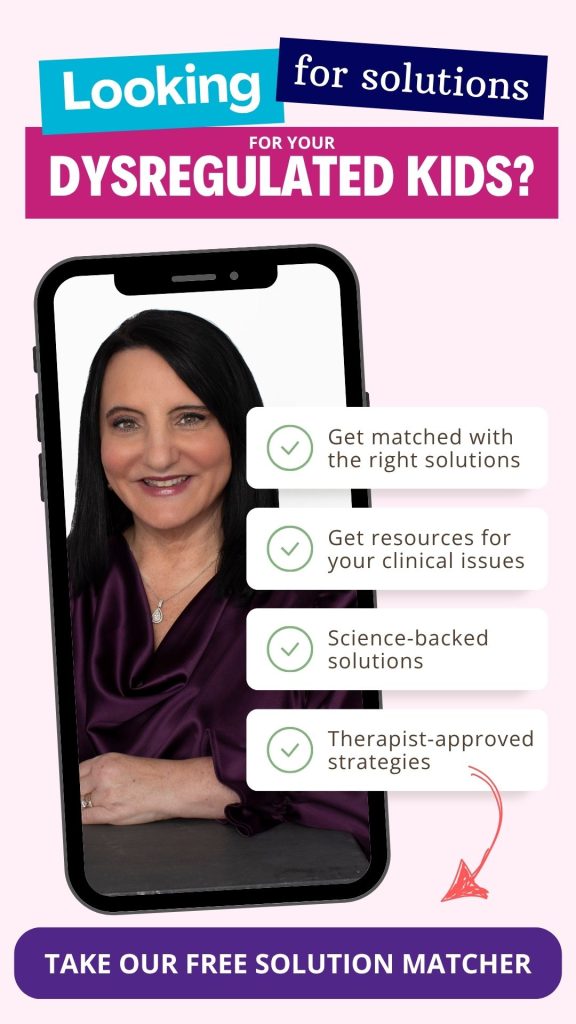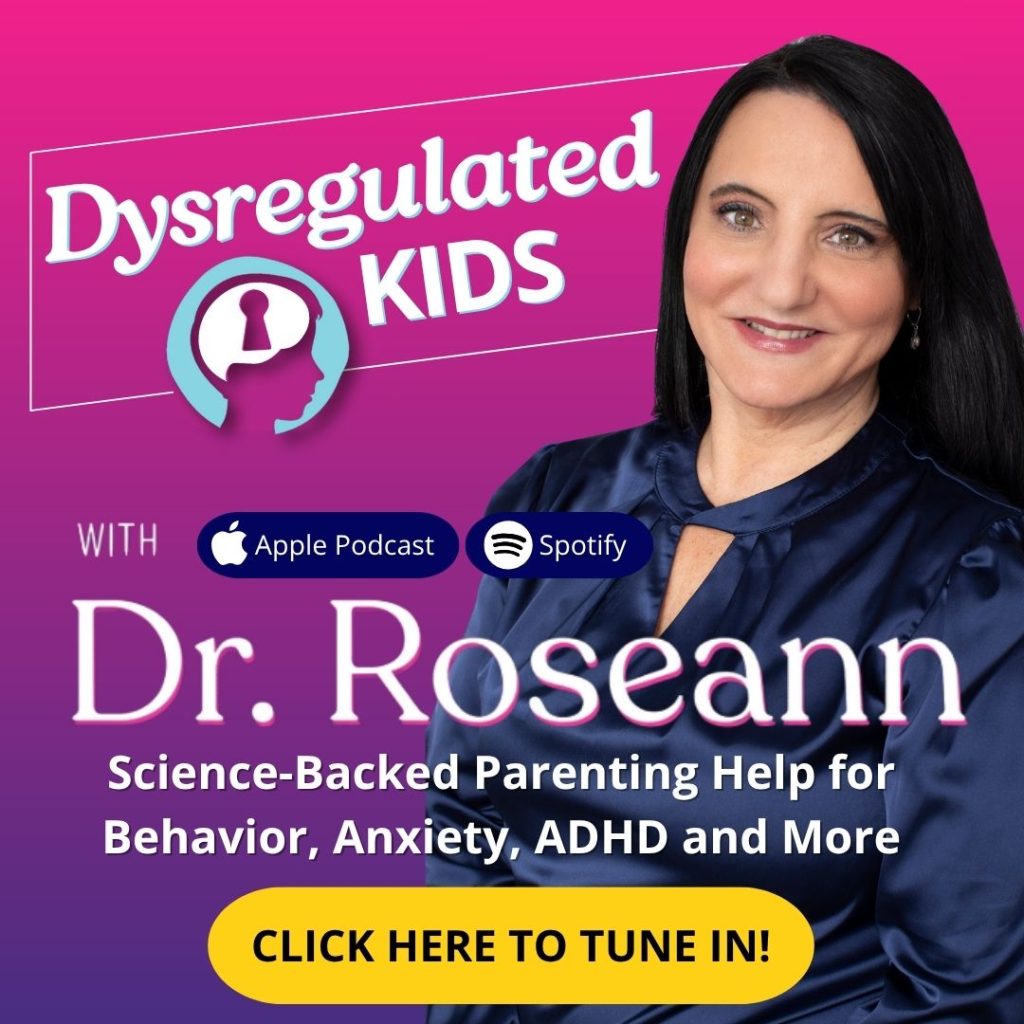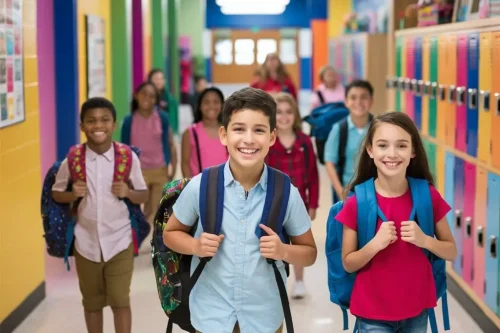Estimated reading time: 9 minutes
One clear plan can turn daily chaos into calm—starting with your child’s brain.
If your child’s attention drifts, homework takes forever, and reminders bounce off. You’re not failing—your child’s nervous system is dysregulated.
This guide breaks down inattentive ADHD treatment into simple, science-backed steps. You can use it at home and at school. You’ll learn what works (and why), what to try first, and how to bring your family some much-needed calm.
Effective Treatment Plan for Inattentive ADHD
A strong plan combines lifestyle foundations, brain-based supports, behavioral strategies, and parent training—not a single silver bullet. That’s how we make improvements stick long term, especially for kids who look “quiet” but struggle with focus and follow-through.
Clinical resources highlight three main pillars: diagnosis, behavior therapy/parent training, and school supports. We add a crucial step many miss—regulating the nervous system first
Core Pillars
- Regulate → Connect → Correct. Regulate the brain first, connect so your child feels safe, then correct with skills and structure.
- Whole-child plan: sleep, nutrition, movement; school supports; behavior therapy; parent training; and brain-based tools (QEEG, neurofeedback, CALM PEMF®).
- Measure + adjust: track 2–3 behaviors weekly (e.g., homework start time, task completion, morning routine).
“ADHD is fundamentally a disorder of self-regulation and executive functioning.” — Russell A. Barkley, PhD (Barkley, 2021)
How To Recognize Inattentive ADHD At Home and In School
Kids with the inattentive presentation often fly under the radar. You’ll see zoning out, slow starts, lost materials, and “I forgot” on repeat.
Key symptoms described in clinical guides include difficulty sustaining attention, organization challenges, and avoiding tasks requiring mental effort (Goth-Owens et al., 2010).
Common Home/School Signs
- Daydreaming, “not listening,” or missing details
- Messy backpack/desk; late or incomplete homework
- Slow processing speed; needs extra time
- Avoids long reading or multi-step work
Parent story (Miriam, mom of a 10-year-old):
Miriam noticed her son “missed the middle” of directions. Once the teacher added a visual checklist and movement breaks, he finished classwork on time—and meltdowns dropped at home.

Natural Solutions That Support Focus
Families often want ADHD natural remedies that are safe and practical. Research shows that non-pharmacological supports can be helpful, especially when used in conjunction with behavioral strategies (Hodgson et al., 2012).
Lifestyle Foundations (Start Here)
- Sleep: consistent bedtime; dim lights/screens 60 minutes prior.
- Nutrition: protein at breakfast; whole foods; consider omega-3s and magnesium with your provider.
- Daily movement: brisk walks, biking, or sports—movement boosts dopamine and primes attention.
- Mindfulness/micro-resets: 2–3 minutes of paced breathing before homework and transitions.
Brain-Based Tools
- QEEG brain mapping to spot patterns of dysregulation.
- Neurofeedback helps many kids improve attention and self-regulation; the evidence base is growing, and recent meta-analytic work suggests benefits on core symptoms for some (tempered by mixed results—choose reputable providers).
- CALM PEMF®: gentle pulsed electromagnetic fields used clinically to support regulation; families report better settling and focus when combined with lifestyle and behavioral work.
Parent story (Linda, college student):
Linda struggled to track lectures and felt flat on standard meds. With neurofeedback sessions and brief daily PEMF at home, plus sleep and movement routines, she noticed longer focus windows and fewer “blank” moments within six weeks.
Natural vs. Medication-Based Supports (Better Together)
| Approach | Pros | Considerations |
|---|---|---|
| Lifestyle (Sleep, Nutrition, Movement, Mindfulness) | Foundational for brain health• Improves focus, mood, and energy• Free or low cost | Requires consistency• Progress may feel gradual |
| Neurofeedback & CALM PEMF® | Targets nervous system regulation• Non-invasive and personalized• Helps sustain attention and calm | Requires multiple sessions• May not be available everywhere• Investment of time and money |
| Medication | Quick symptom relief for some• Evidence-based and widely used• Can support school performance | Doesn’t address root nervous system dysregulation• Possible side effects (sleep, appetite, mood)• Often a trial-and-error process |
Behavior Interventions That Help A “DayDreamy” Brain
Behavior therapy builds the scaffolding kids need. When we calm the brain first, these methods finally work.
What To Try
- Goal-linked rewards: tokens toward a single meaningful reward (e.g., weekend biking).
- Visual planning: step-by-step checklists for morning routines, homework, and backpack organization.
- Chunk tasks: 10–15 minute sprints + short movement breaks.
- School supports (IEP/504): preferential seating, extended time, cueing, and reduced multi-step load.
Parent story (Mark, dad of a 12-year-old):
After adding a “3-step start” (water, 2 minutes of breathing, 10-minute first task) and a small daily token reward, homework time shrank from 90 to 35 minutes—and arguments dropped to near zero.
Why Parent Training Changes Everything
Every guideline points parents to behavioral parent training. It’s because kids who are calmly coached learn skills faster and retain them longer (Barkley, 2021).
What You’ll Learn
- Co-regulation: your calm nervous system helps your child settle.
- Positive reinforcement, the right way: frequent, specific praise beats big prizes.
- Effective prompting: short, visual, first-then language.
- School partnership: simple weekly check-ins to align supports.
My reminder: You can’t correct what’s dysregulated—so let’s calm the brain first, connect, then correct. Regulate. Connect. Correct.™
How Your Entire Family Can Help
ADHD touches everyone. Small, family-level systems create big peace.
Home Systems That Work
- One “command center”: wall calendar + color-coded checklists.
- Screen guardrails: predictable windows; remove devices from the bedroom.
- Daily movement together: walk after dinner or quick backyard soccer.
- Siblings’ needs matter: short 1:1 time, clear roles, shared wins.
Parent story (Marla’s family):
Once Marla put a giant whiteboard by the door and set two device windows, mornings calmed, and fewer items were forgotten. Her daughter felt successful and proud.
Calm Brain First: How Regulation Unlocks Learning
Behavior is communication. When the nervous system is over- or under-activated, you see zoning out, forgetfulness, and low drive.
Regulation skills—sensory input, breath, movement, brain-based tools. They create the conditions for learning, therapy, and even medication to be more effective.
Clinical summaries emphasize behavior therapy and school supports; our edge is putting regulation first. It aligns with emerging evidence on self-regulation and executive function in ADHD.
Quick Regulation Toolkit
- 4-7-8 or box breathing before tasks
- Wall push-ups or heavy work between subjects
- Noise-reducing headphones for sustained work
- Short PEMF session or neurofeedback training (if in your plan)
This Week’s 7-Step Starter Plan
- Sleep audit: same bedtime/wake time all week.
- Protein breakfast within 45 minutes of waking.
- Homework Zone: declutter and visual checklist.
- Movement minute between tasks.
- Co-regulate: you breathe first; your child mirrors.
- Token tracker for one goal (e.g., “start homework by 4:15”).
- Explore brain supports (QEEG, neurofeedback for ADHD, CALM PEMF®) with a qualified provider.
Finding Hope With Inattentive ADHD Treatment
You’re not alone—and it’s not bad parenting. When we calm the brain first, kids can focus, follow directions, and feel proud of themselves.
Start with sleep, movement, and simple systems. Layer in behavior therapy, parent training, school supports, and brain-based tools as needed.
That’s the kind of inattentive ADHD treatment that truly lasts. It’s because it addresses the root cause, not just the symptoms.
Ready to get help?
- Take our ADHD Quiz to understand your child’s profile.
- Explore our BrainBehaviorReset® program for step-by-step support.
FAQs
What is the best inattentive ADHD treatment without medication?
A good plan combines healthy routines, behavior therapy, parent training, and sometimes neurofeedback or PEMF. Non-medication tools work best with behavioral supports, so choose trusted providers and track progress.
Can inattentive ADHD improve over time?
Yes—skills grow with coaching and regulation. Without support, many challenges persist into adulthood. That’s why early routines, school supports, and parent training are crucial.
How is inattentive ADHD diagnosed?
A thorough clinical evaluation (history, rating scales, school input) by a trained professional. Look for patterns across settings and over time—not just one tough week. Clinical health libraries outline these steps clearly.
Do neurofeedback or PEMF replace other treatments?
They’re add-ons, not replacements. Families often achieve the best results when brain-based tools are combined with strong routines, behavioral therapy, and school supports. Recent reviews/meta-analyses suggest neurofeedback can help some individuals; results vary.
Citations
Barkley, R. A. (2022). Improving Clinical Diagnosis Using the Executive Functioning – Self-Regulation Theory of ADHD. The ADHD Report. https://doi.org/10.1521/adhd.2022.30.1.1
Goth-Owens, T. L., Martinez-Torteya, C., Martel, M. M., & Nigg, J. T. (2010). Processing speed weakness in children and adolescents with inattentive ADHD. Child Neuropsychology, 16(6), 577–591. https://doi.org/10.1080/09297049.2010.485126
Hodgson, K., Hutchinson, A. D., & Denson, L. (2012). Nonpharmacological treatments for ADHD: A meta-analytic review. Journal of Attention Disorders, 18(4), 275–282. https://doi.org/10.1177/1087054712444732
Always remember… “Calm Brain, Happy Family™”
Disclaimer: This article is not intended to give health advice, and it is recommended to consult with a physician before beginning any new wellness regimen. The effectiveness of diagnosis and treatment varies by patient and condition. Dr. Roseann Capanna-Hodge, LLC, does not guarantee specific results.
Are you looking for SOLUTIONS for your struggling child or teen?
Dr. Roseann and her team are all about science-backed solutions, so you are in the right place!
©Roseann Capanna-Hodge










